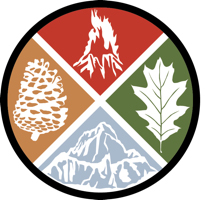Planscape Adds All Four CA Regions and Launches Plan Journey
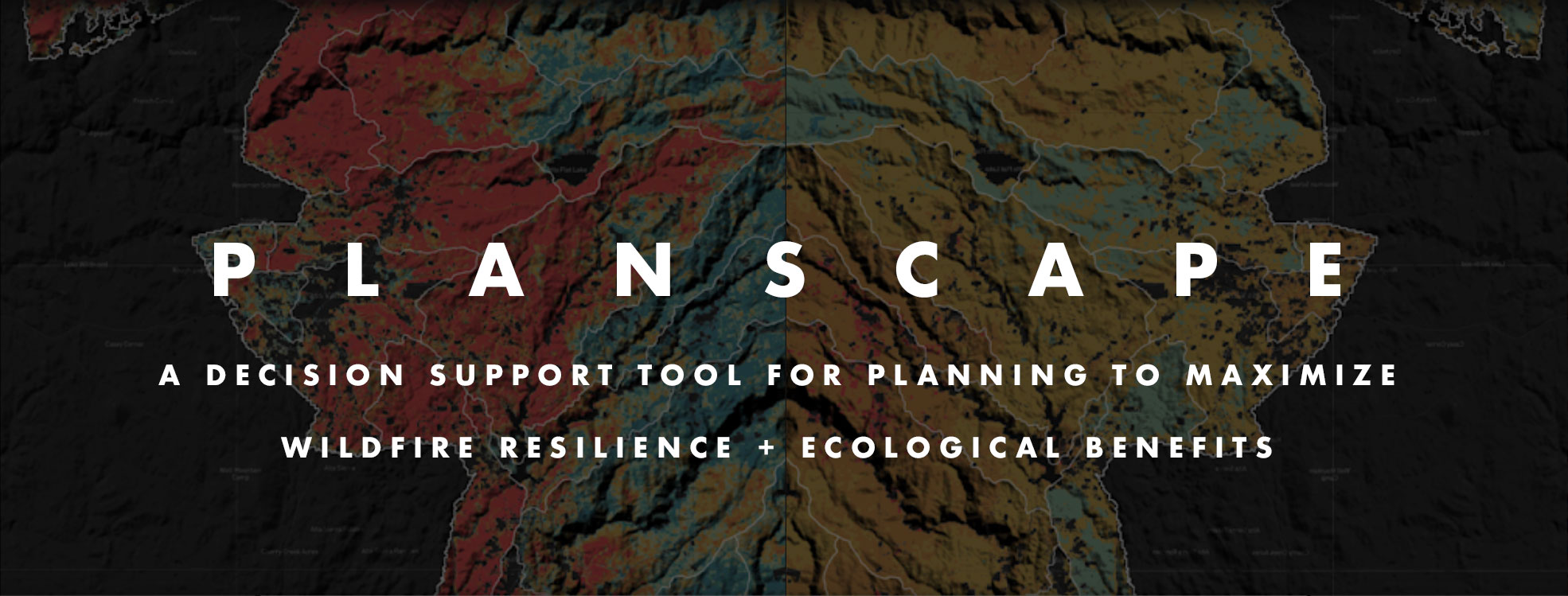
Planscape Adds All Four CA Regions and Launches Plan Journey
Planscape is a free decision support tool built to maximize wildfire resilience and ecological benefits across California. Planscape has expanded its coverage to Northern California and now offers statewide coverage. The recently launched Plan journey helps determine the best locations for land treatment. Planscape is a collaborative effort by the California Natural Resources Agency, the US Forest Service, The University of California, and Spatial Informatics Group (SIG) with support from Google.org.
USFS Awards Stanislaus National Forest $57.6M in FY24 Wildfire Crisis Strategy Landscape Funding
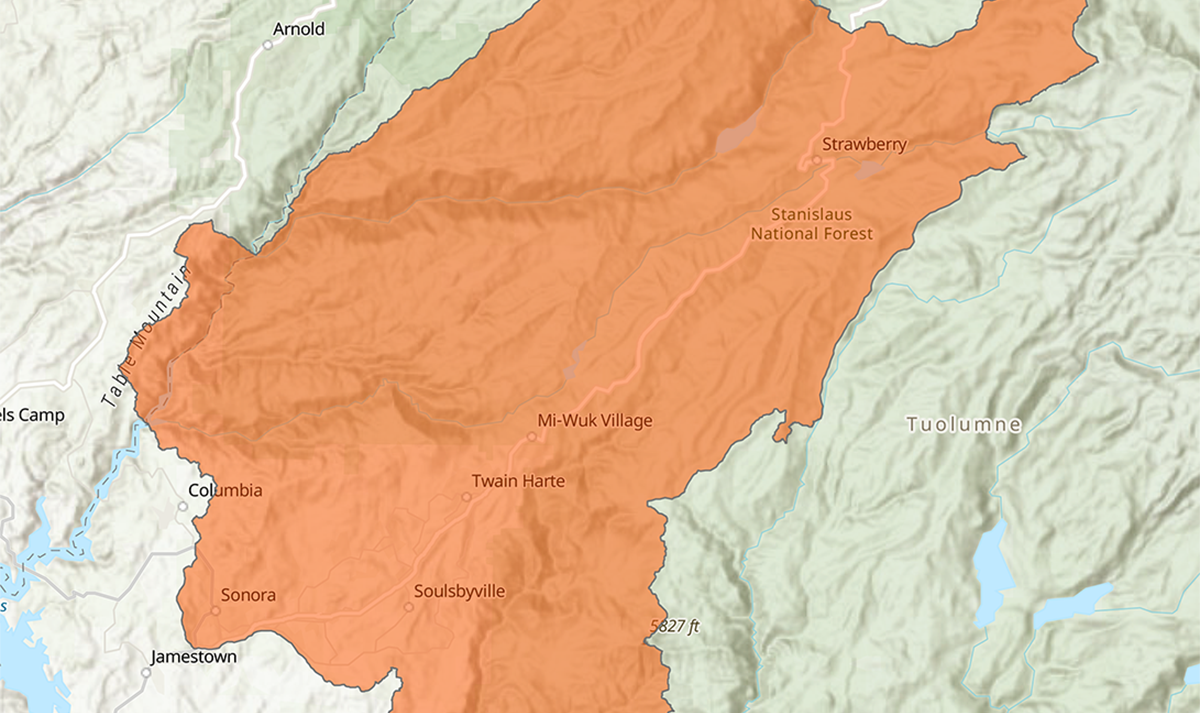
USFS Awards Stanislaus National Forest $57.6M in FY24 Wildfire Crisis Strategy Landscape Funding
Stanislaus National Forest is currently into year three of a ten-year, 305,000-acre project to reduce fuel loads on the forest through a variety of methods to include mechanical thinning and the application of prescribed fire. FY24 funding is part of USFS’ Wildfire Crisis Strategy, which also includes the already underway Social and Ecological Resilience Across the Landscape (SERAL) Project being implemented by Stanislaus National Forest, Tuolumne County and Yosemite Stanislaus Solutions (YSS), a collaborative of 25 local industry, environmental and recreational groups.
USFS Advances Commitment to Protect Old-Growth Forests
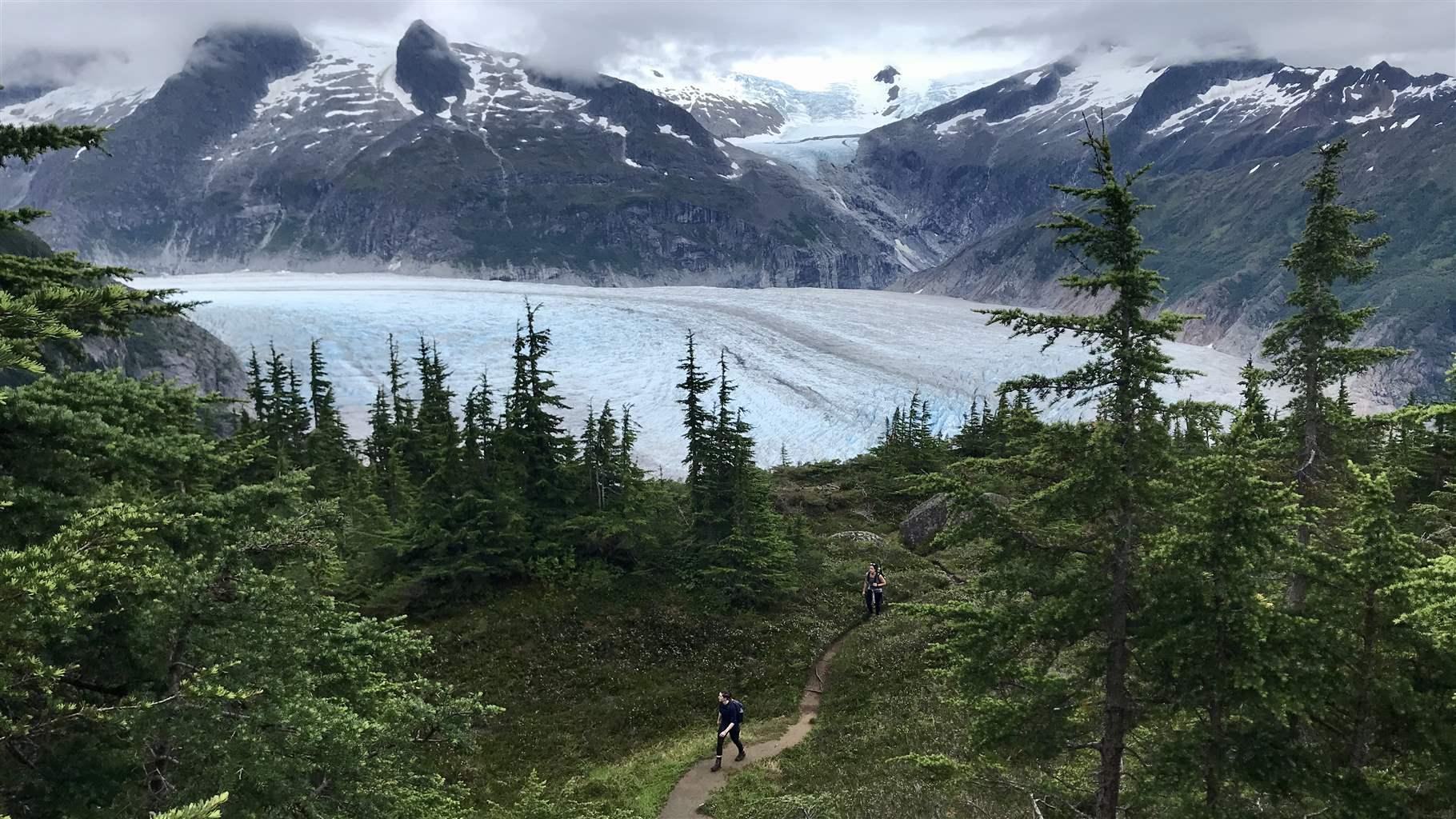
USFS Advances Commitment to Protect Old-Growth Forests
On December 19, 2023, the USFS published a Notice of Intent to prepare an environmental impact statement for a National Old Growth Amendment in the Federal Register. This would amend all 128 forest land management plans across the country to conserve and restore old-growth forests across the National Forest System to maintain and improve amounts and distributions of old-growth to improve resilience and climate-adaptability of our forests.
North Yuba Landscape Resilience Project
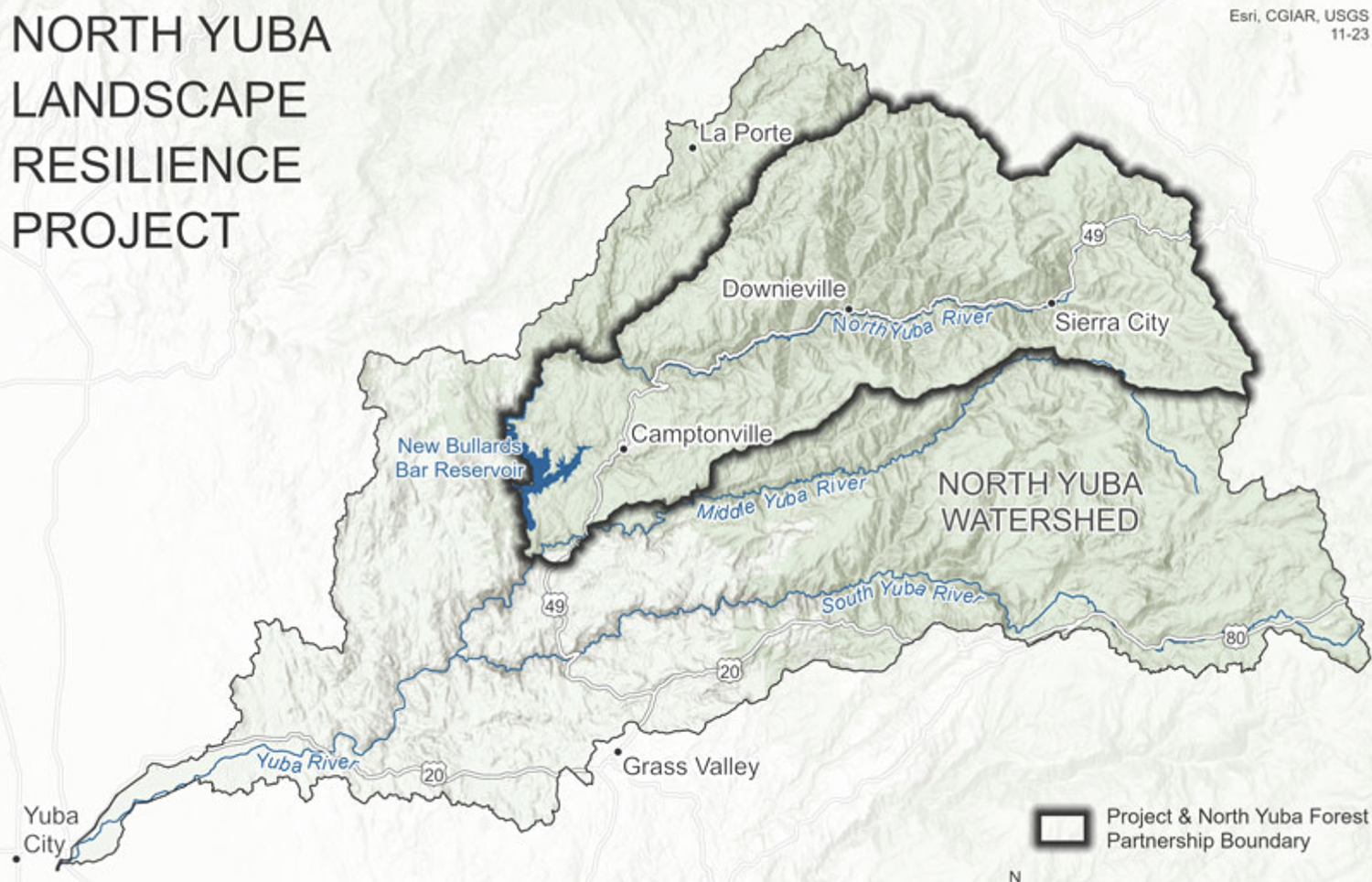
North Yuba Landscape Resilience Project an Example of Collaborative Funding
A 2020 Sierra Nevada Conservancy grant in support of planning efforts by the North Yuba Forest Partnership leveraged a $160 million USFS investment which will allow much-needed work to be completed across 275,000 acres of federal land within the North Yuba River watershed. While federal projects are ramping up, others have already started thanks to private funding from a forest resilience bond created by Blue Forest Conservation.
CAL FIRE Funding Grants Available for 2024
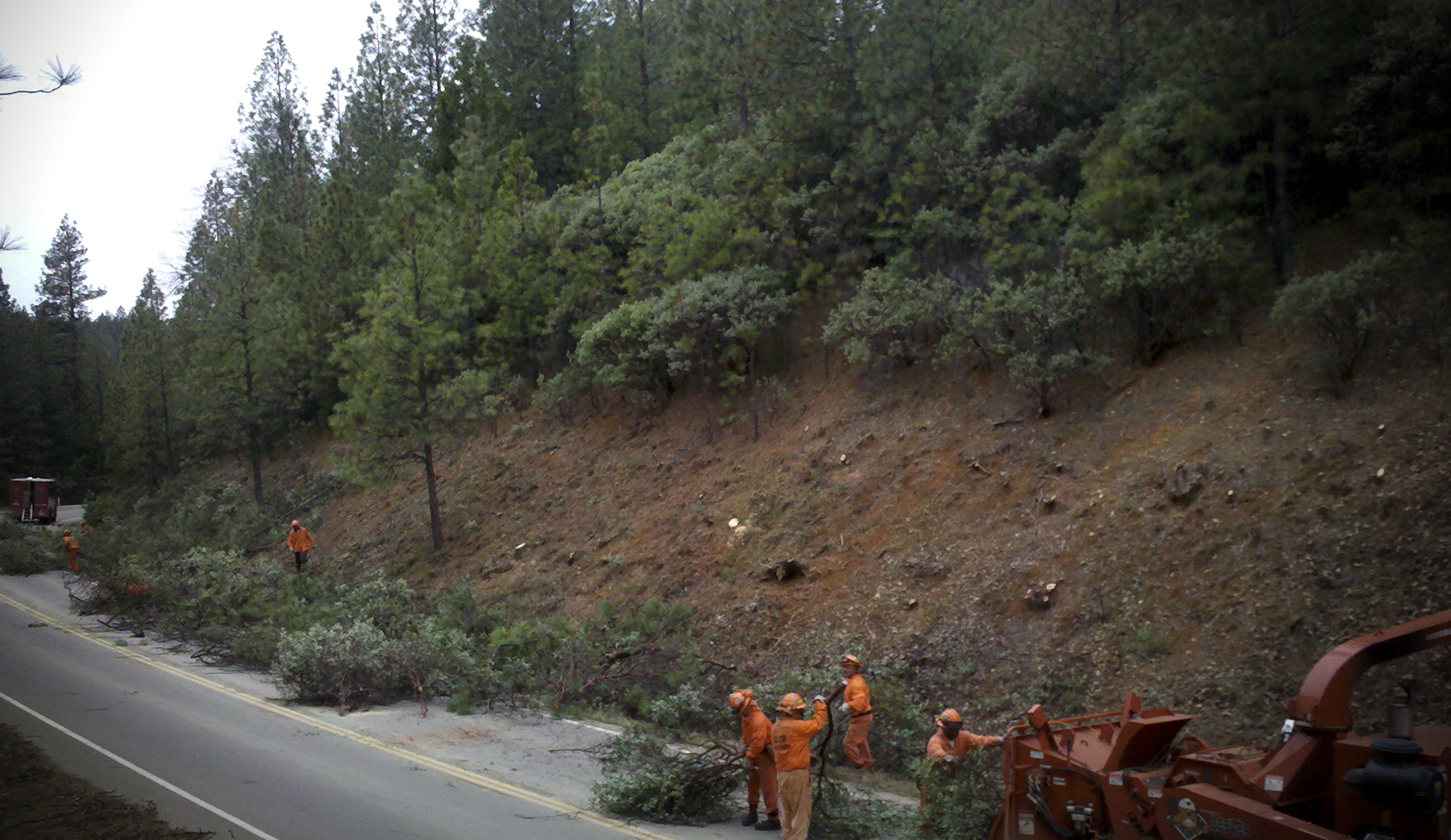
CAL FIRE Funding Grants Available
- Wildfire Prevention: CAL FIRE’s Wildfire Prevention Grant Program will award up to $117 million to local projects that address the risk of wildfire and reduce wildfire potential to communities. Applications are due January 10, 2024.
- Forest Health: CAL FIRE’s Forest Health Program will fund up to $120 million forest fuels reduction, prescribed fire, pest management and reforestation projects and $50 million post-fire reforestation and regeneration projects. View the virtual workshop. Applications are due January 15, 2024.
- Forest Health Research: CAL FIRE’s Forest Health Research Grant Program will award $4.5 million for scientific research projects that address wildfire and forest health issues critical to the State of California. Concept proposals are due January 24, 2024.
- Business and Workforce Development: CAL FIRE Wood Products and Bioenergy expects to open a solicitation for a new round of funding on January 15, 2024.
CAL FIRE Invests $15M in California’s Wood Products Infrastructure
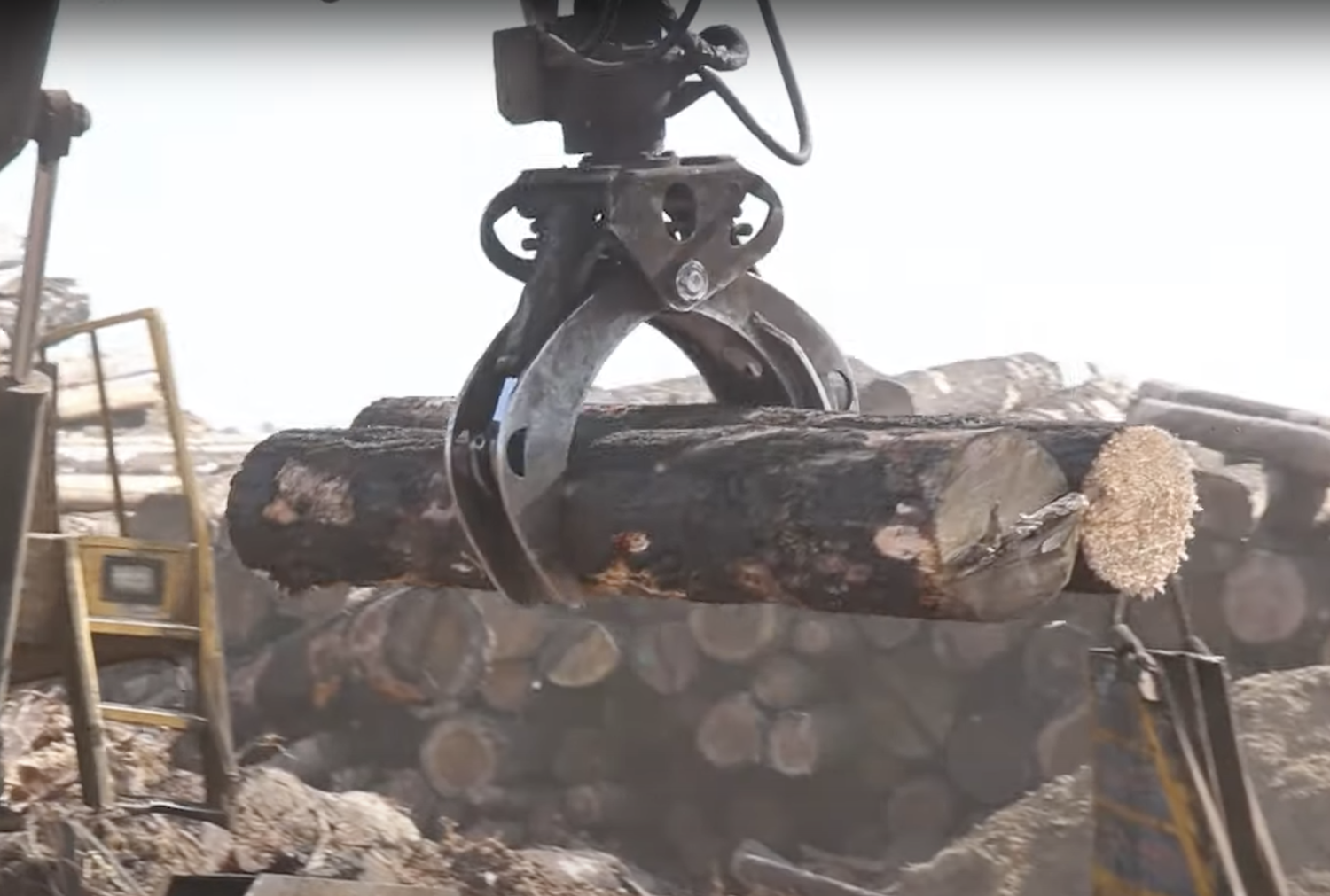
CAL FIRE Invests $15M in California’s Wood Products Infrastructure
On December 7, CAL FIRE announced the Wood Products and Bioenergy Program awarded 16 projects focused on expanding workforce development and growing the businesses involved in creating healthy, resilient forests across the state as outlined in California’s Wildfire and Forest Resilience Action Plan. The awards support private businesses, non-profits, schools, and Tribes.
Newsom Administration and Natural Resources Agency Launch Plan for Increasing Access to the Outdoors
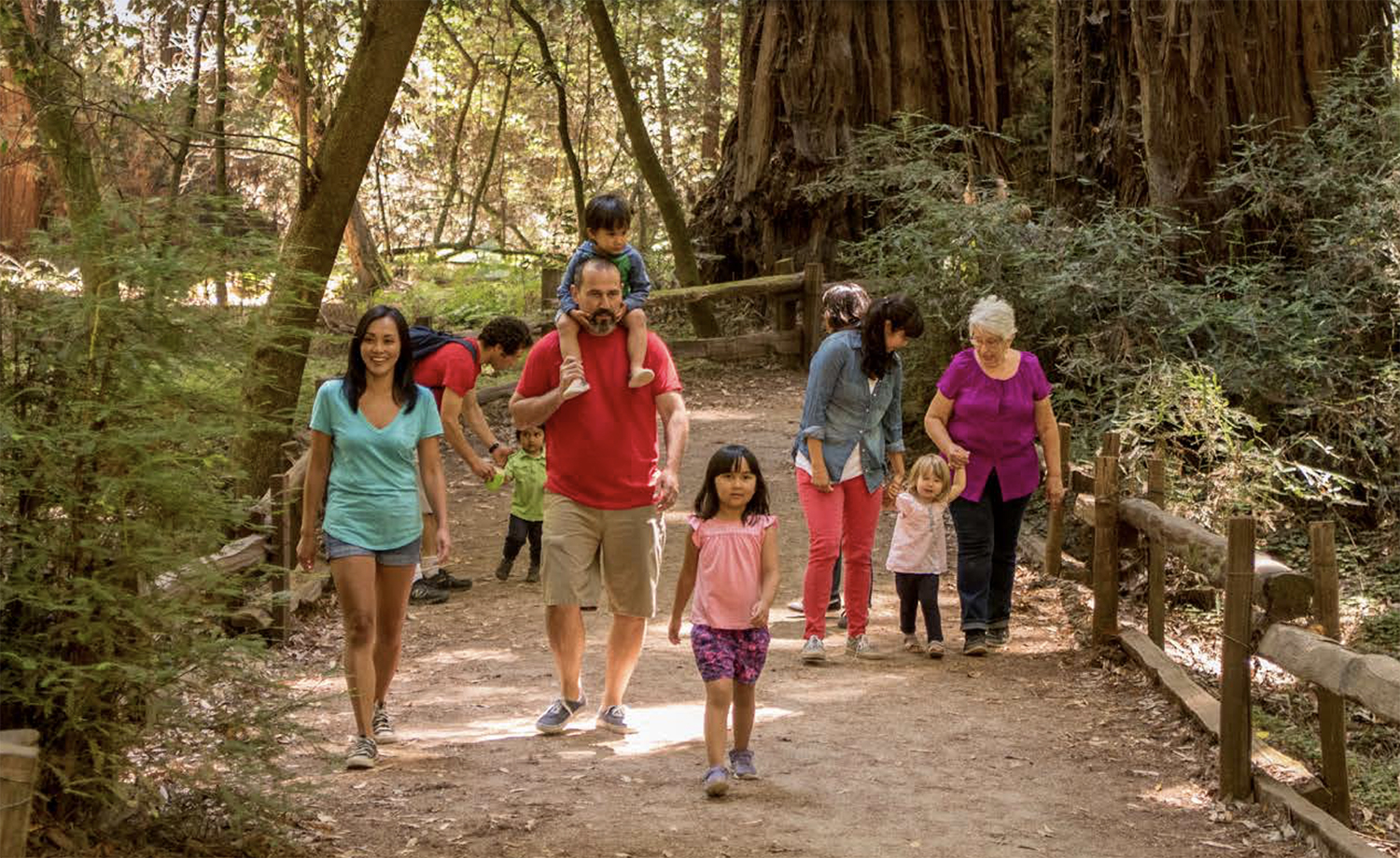
Newsom Administration and Natural Resources Agency Launch Plan for Increasing Access to the Outdoors
On November 15, CNRA announced the release of the Outdoors for All Strategy which provides a blueprint to increase access to the outdoors for all Californians. Increasing access to nature is vital step to create connection and understanding of California’s most pressing climate resilience issues. The Strategy includes six key priorities:
- Establishes spaces for people and nature to thrive by creating and maintaining more high-quality outdoor spaces of all shapes and sizes, especially in park-limited places;
- Fosters belonging in the outdoors through policies and programs that build a welcoming and inclusive culture;
- Connects people and the outdoors by improving information and transportation;
- Co-creates with communities through frequent and meaningful tribal consultation and community engagement, with attention to underserved communities;
- Builds equitable career pathways and a representative workforce by improving opportunities for all Californians to enter and sustain outdoor recreation, natural resources and restoration professions;
- Aligns funding to achieve Outdoors for All in partnership with federal, state, and non-governmental entities.
DOI Invests Over $12 Million from the Bipartisan Infrastructure Law
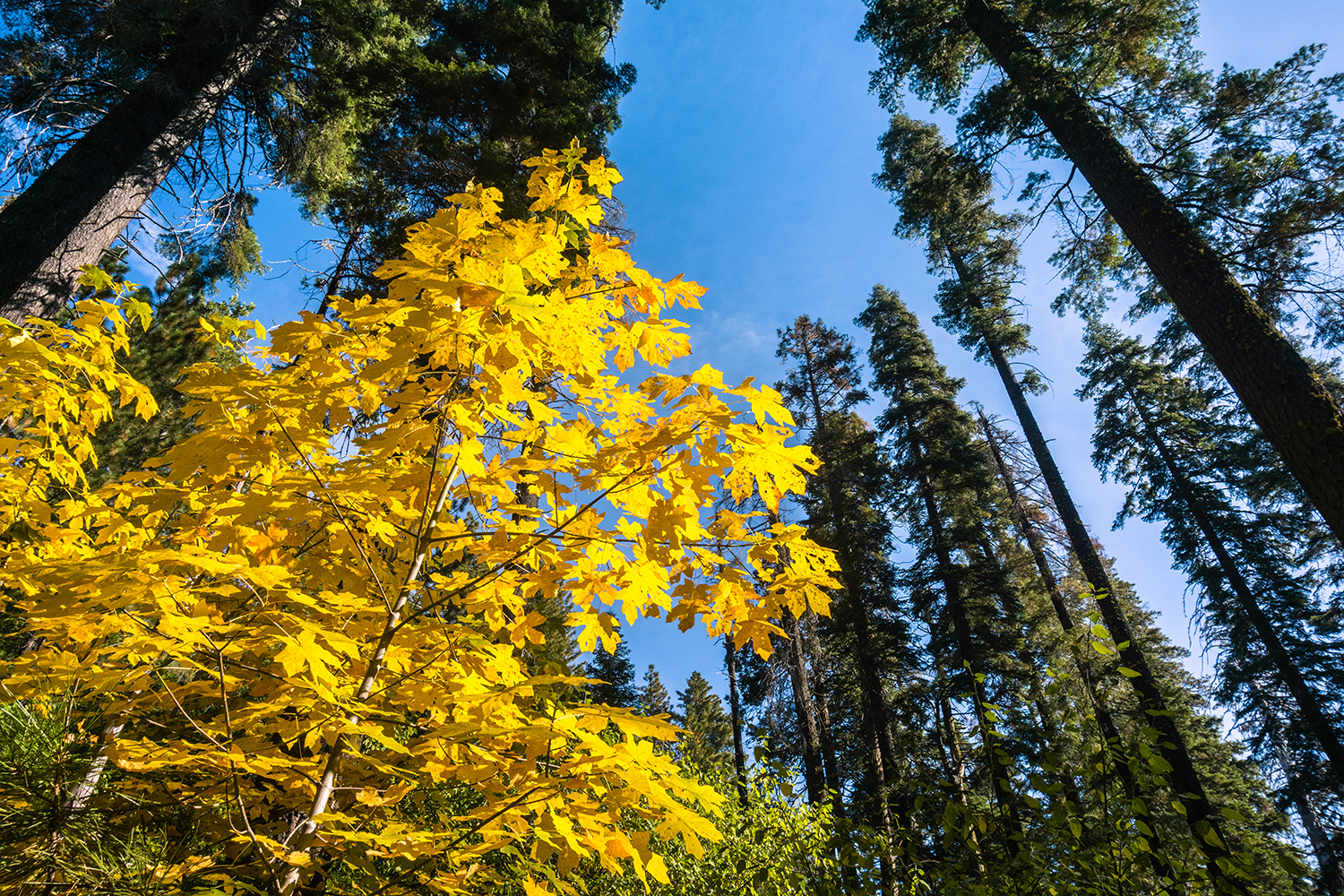
DOI Invests Over $12 Million from the Bipartisan Infrastructure Law to Advance Wildfire Resilience in California
On November 30, the Department of the Interior announced that it has invested over $12.2 million in fiscal year 2023 from the Bipartisan Infrastructure Law to advance wildfire resilience work and support fuels management projects on 27,669 acres in California. The Bipartisan Infrastructure Law is bringing much-needed help to communities across the country to increase the resilience of lands facing the threat of wildland fires and to better support federal wildland firefighters.
American Forests Partners with USDA Forest Service
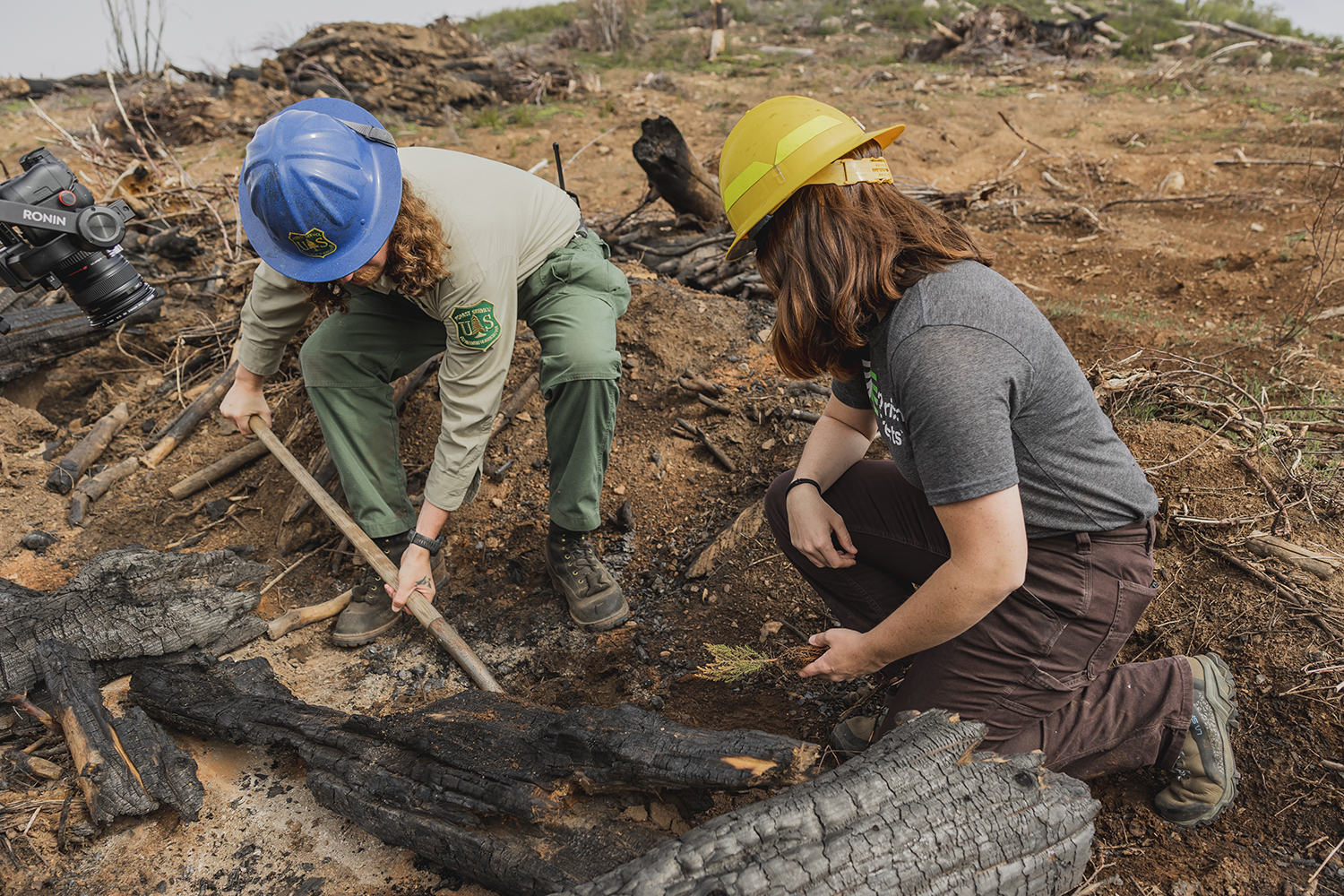
American Forests Partners with USDA Forest Service to Expand Reforestation Across National Forests
On December 6, American Forests announced a $20 million agreement with the U.S. Department of Agriculture Forest Service to help the agency address a 4-million-acre backlog of burned, damaged forests nationally over the next five years. Over 40% of the 4 million acres identified for reforestation are in California. Built on the foundation of the REPLANT Act, this will expand nursery production, grow the forestry workforce and increase seed collection capabilities. Together, the Forest Service and American Forests will use landscape-level planning and climate-informed restoration practices to advance goals identified in the agency’s National Forest System Reforestation Strategy.
CA Fire Science Consortium Conducting Land and Fire Management Needs Assessment

CA Fire Science Consortium Conducting Land and Fire Management Needs Assessment
The California Fire Science Consortium is leading a survey to gain an updated understanding of needs around knowledge exchange, information sources, and scientific research. All are welcome, from those working in fire as well as those in non-fire roles, to complete the survey to help inform science delivery and regional knowledge exchange within California. The survey will be open until January 1, 2024.



